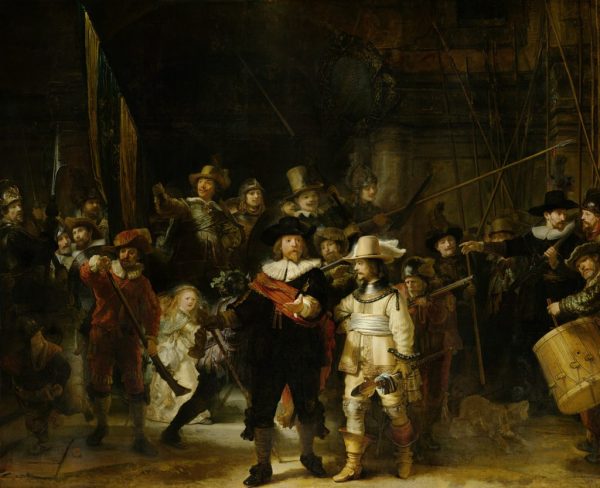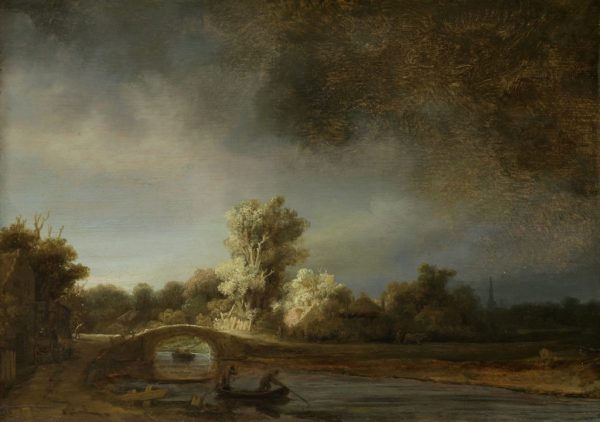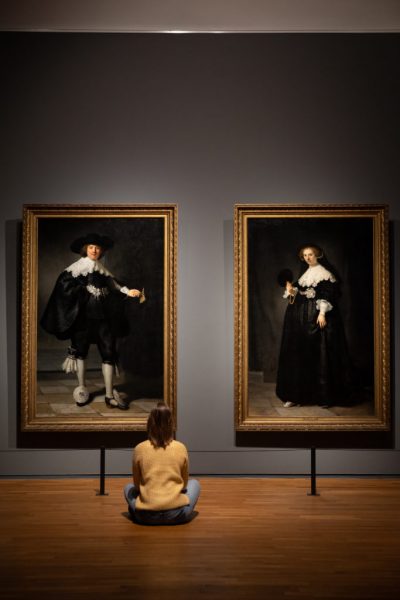
If the great Dutch Golden Age painter Rembrandt van Rjin was revived for one day to tell his life story, he “would probably head straight for the Rijksmuseum,” Taco Dibbits, the director of the Amsterdam museum, told a gathering of press at the Dutch embassy in London.
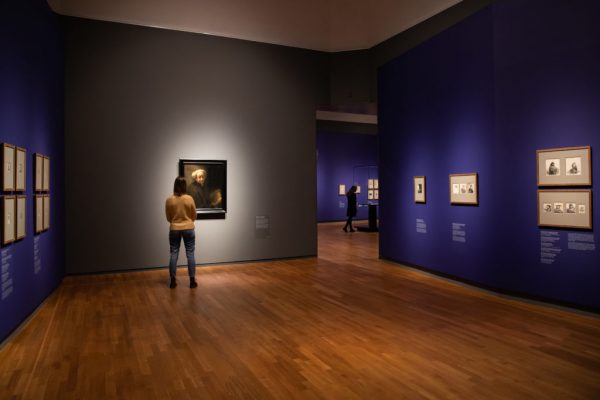
That’s because the Rijksmuseum holds the most comprehensive collection of the Rembrandts in the world. And to mark the 350th anniversary of the artist’s death, the museum is displaying every single Rembrandt in its collection in an unprecedented exhibition opening today, February 15 (through June 10).
An Enormous Undertaking
The presentation, aptly titled “All the Rembrandts” includes some 22 paintings, 60 drawings, and more than 300 prints. It’s the first time in the museum’s history that so many Rembrandts are going on show all at once, in part because many drawings and prints are “extremely fragile” and are rarely shown, Dibbits said.
On show will be examples of his numerous self-portraits, scenes of every day life in 17th-century Amsterdam, as well as grand historical and Biblical scenes populated by common people.
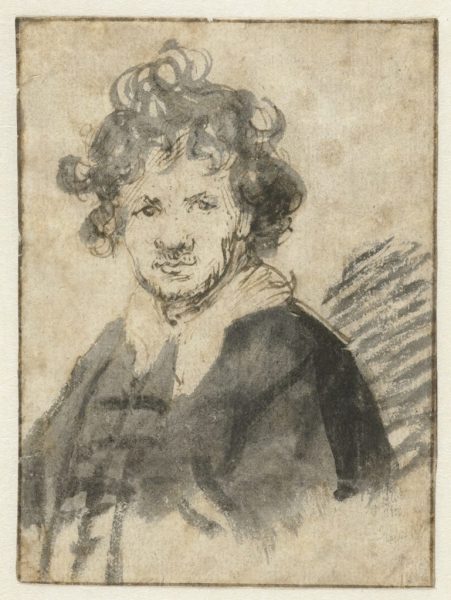
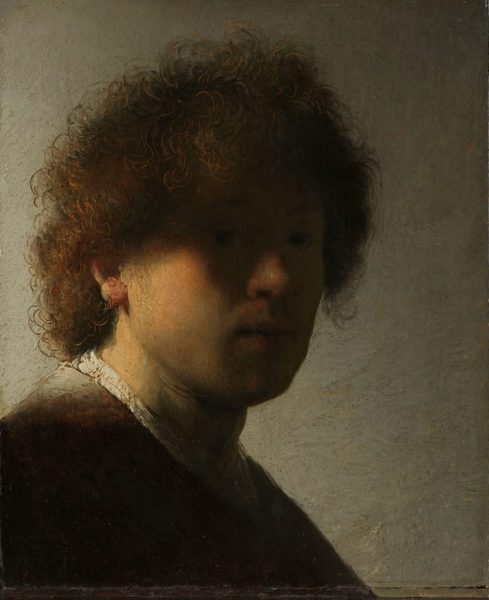
Also on view will be his famous marriage portraits of Marten Soolmans and Oopjen Coppit, which the Rijksmuseum jointly acquired with the Louvre in 2015. Other notable works include his intimate, lesser-known “sexy drawings,” as Dibbits calls them, which prove Rembrandt to be “not just a Dutch artist, but everybody’s artist.”
Publicly Restoring the Museum’s Crown Jewel
But the exhibition will truly be centered on one of the Rijksmuseum’s prized possessions, and undoubtedly Rembrandt’s most famous painting, The Night Watch.
The ambitious painting, completed in 1642, give evidence of the painter’s rebellious side. Commissioned to make the work by the mayor of Amsterdam, who was also head of the civic guard, Rembrandt was expected to create a straightforward group portrait of his patron’s shooting company. Instead, the mischievous painter delivered a chaotic history scene that did little to amuse the subject of the painting.
The work is also formally innovative: it is one of the first for which any artist used a palette knife to sculpt paint onto canvas.
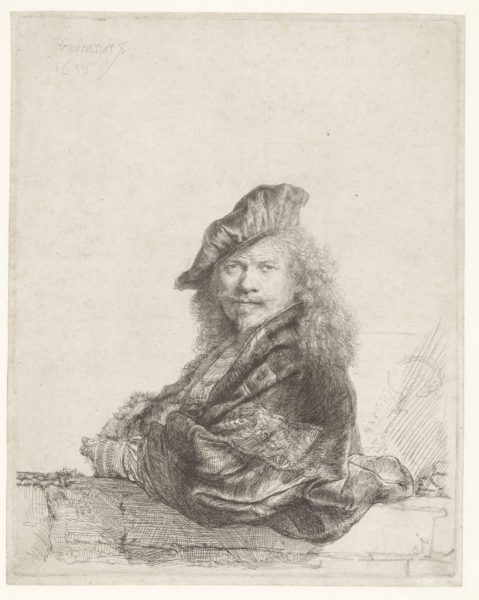
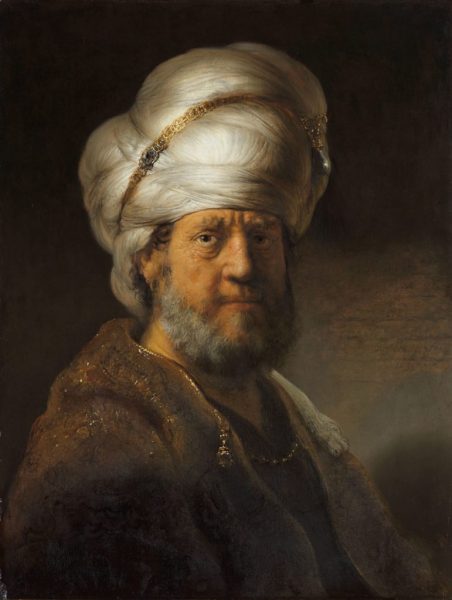
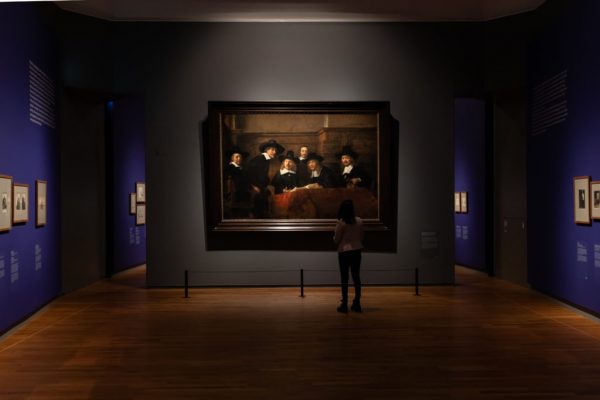
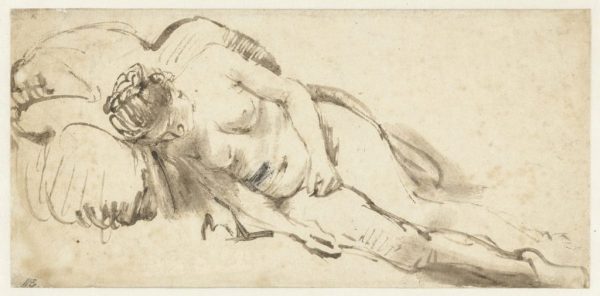
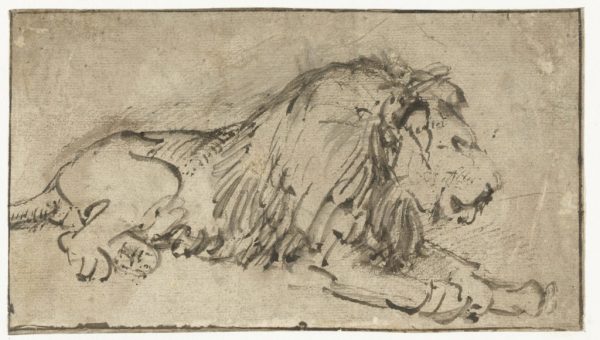
The show offers museum visitors a chance to see the work before conservators begin restoration work in July. One question they hope to answer is why the painting has a mysterious white haze across its lower half. They also plan to remove discolored varnish and update some work done to fix the painting after a man attacked it with a knife in 1975.
But even when restoration work begins, it will happen in full public view, on site and online.
“You might ask, why, in 2019? Is this a publicity stunt?” Dibbits asked, before assuring his London audience that it wasn’t. “We want to do it in public because we feel that everybody, everywhere around the world, has the right to see The Night Watch, and to see what we do with it, because it is cultural heritage, and it belongs to all of us.”
Rembrandt, Rembrandt, and More Rembrandt
“All the Rembrandts” kicks off a whole year dedicated to the artist at the Rijksmuseum. In the summer, the institution will present works made by the public inspired by the artist in all media.
A jury will choose several hundred to be exhibited, and Dibbits said the museum has already been inundated with submissions from children, professional artists, and amateurs alike.
In the fall (October 11–January 19, 2020), in conjunction with the Prado in Madrid, the museum will stage an show devoted to Rembrandt and Velázquez that explores their place in the 17th-century Golden Age against the backdrop of war between Spain and the Netherlands.
But for now, it’s all about the Dutch master and his work.
“What [Rembrandt] does, in a sense, is a tribute, to us all, to humanity, and it will be amazing to see all the works of Rembrandt in the Rijksmuseum,” Dibbits said.
Tickets for the “once in a lifetime opportunity” went on sale in January and have already sold well, according to a museum spokesperson.
Check out some of the works in the historic exhibition, on view through June 10 at the Rijksmuseum, below.
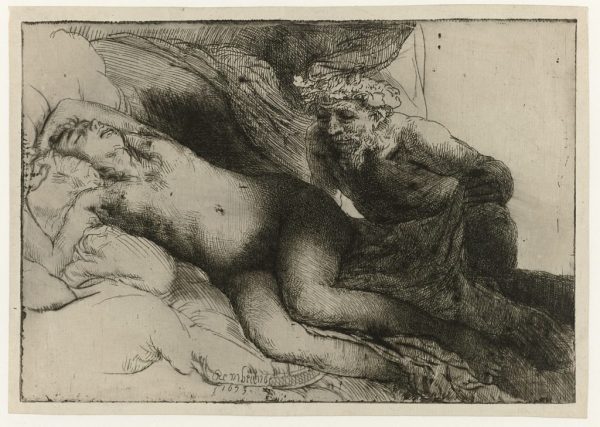
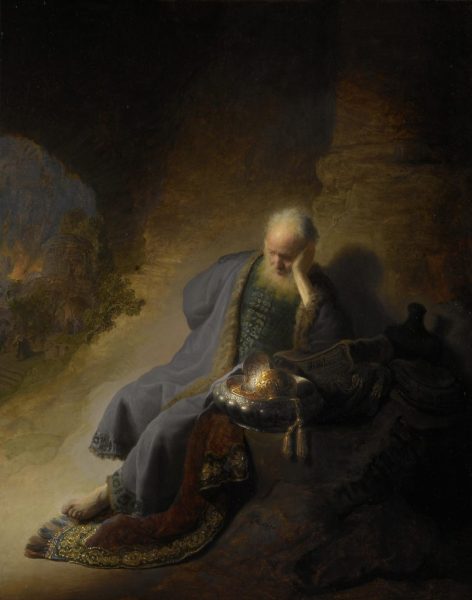
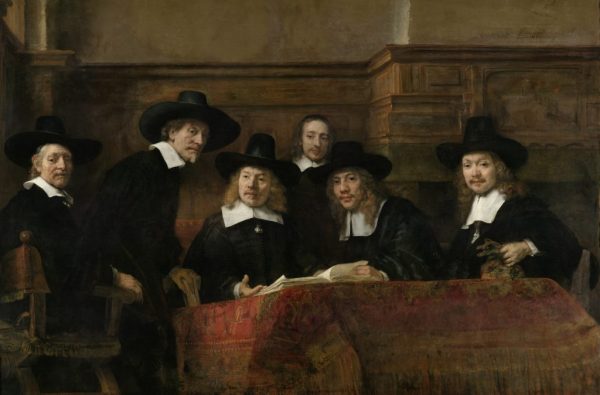
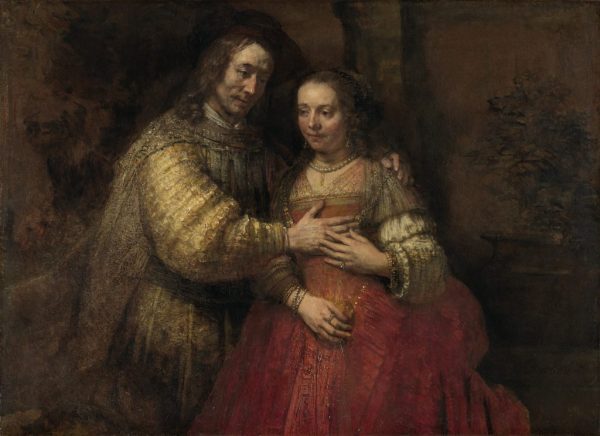
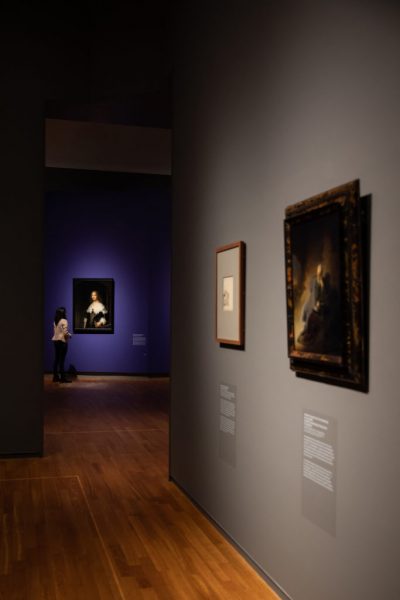
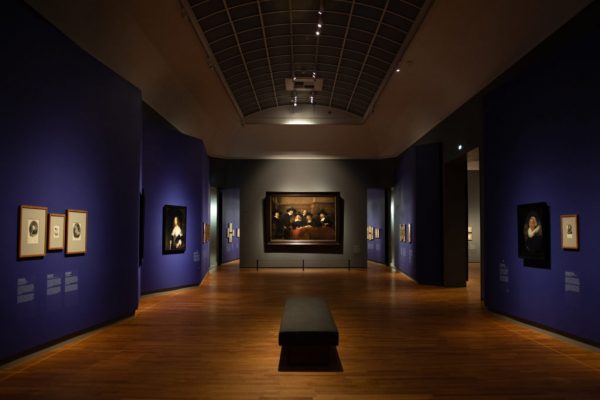
*extracted from artnet

